Chinese kindergartens pivot to senior care as population ages
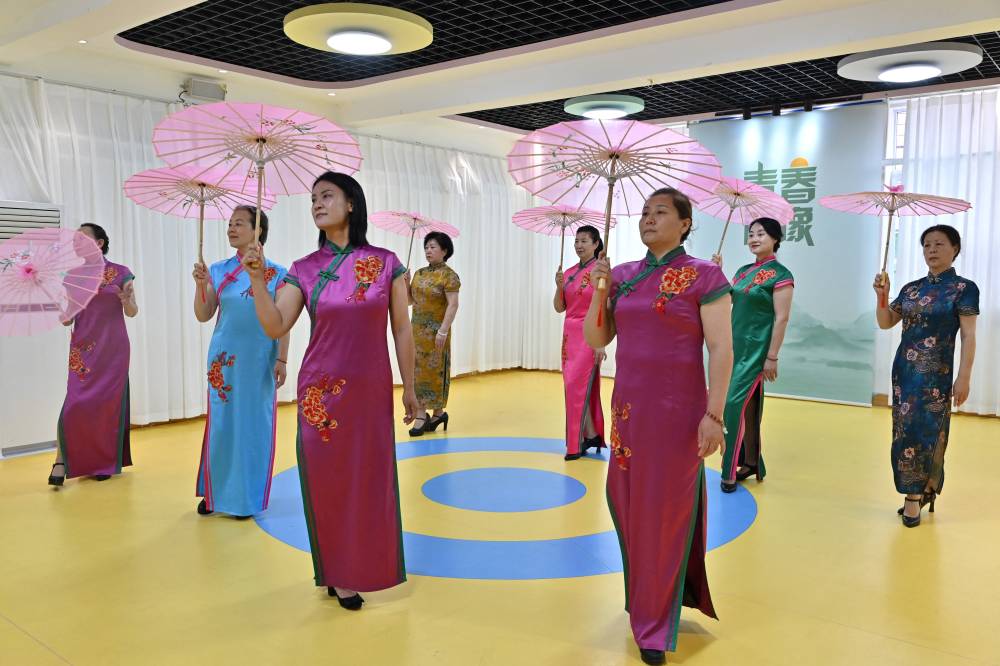
TAIYUAN, CHINA—Senior citizens sway to old-time tunes at a former kindergarten in northern China, as educators turn their sights away from children in the face of a rapidly aging population and a baby bust.
Hundreds of millions of Chinese are set to enter old age in the coming decades while the country’s chronically low birth rate leaves ever fewer people to replace them, official statistics show.
The crisis is already hitting the education sector, with thousands of preschools closing around the country as enrolments dry up.
But others are changing with the times—such as a facility in Shanxi province, which has traded chortling children for a more mature cohort.
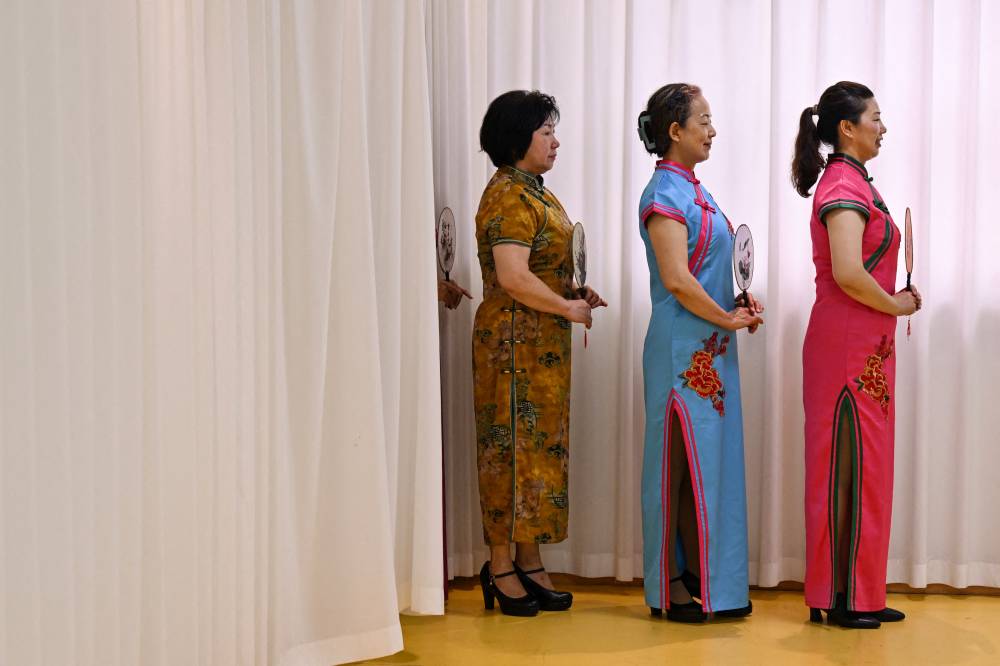
“(The problem) became particularly evident as the number of children continued to decrease,” principal Li Xiuling, 56, told AFP.
“After my kindergarten emptied out, I thought about how to make the best use of it,” she said.
Li’s preschool was founded in 2005 and once served as many as 280 children, but closed last year.
It reopened in December as Impressions of Youth, a recreational center for people of retirement age and above.
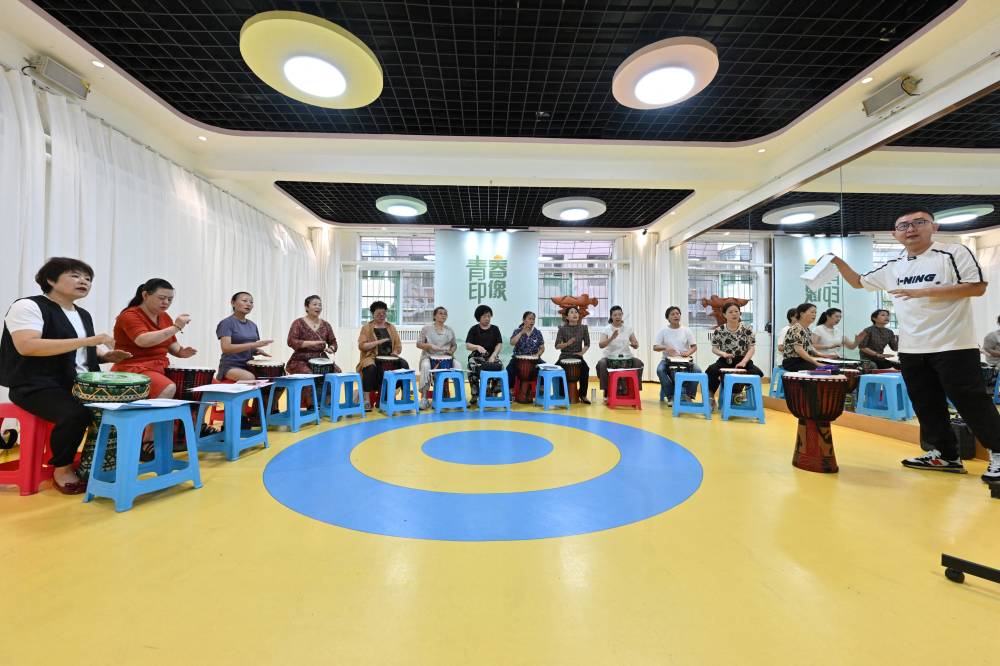
‘I’m young again’
The space in the provincial capital Taiyuan boasts around 100 adult learners of music, dance, modeling and other subjects.
“It’s quite a progressive idea,” Li said. “They come to fulfill some of the dreams they had when they were young.”
On a rainy morning this month, a modeling instructor led a line of immaculately coiffed older women as they sashayed around the classroom in traditional cheongsam dresses and pink oil-paper parasols.
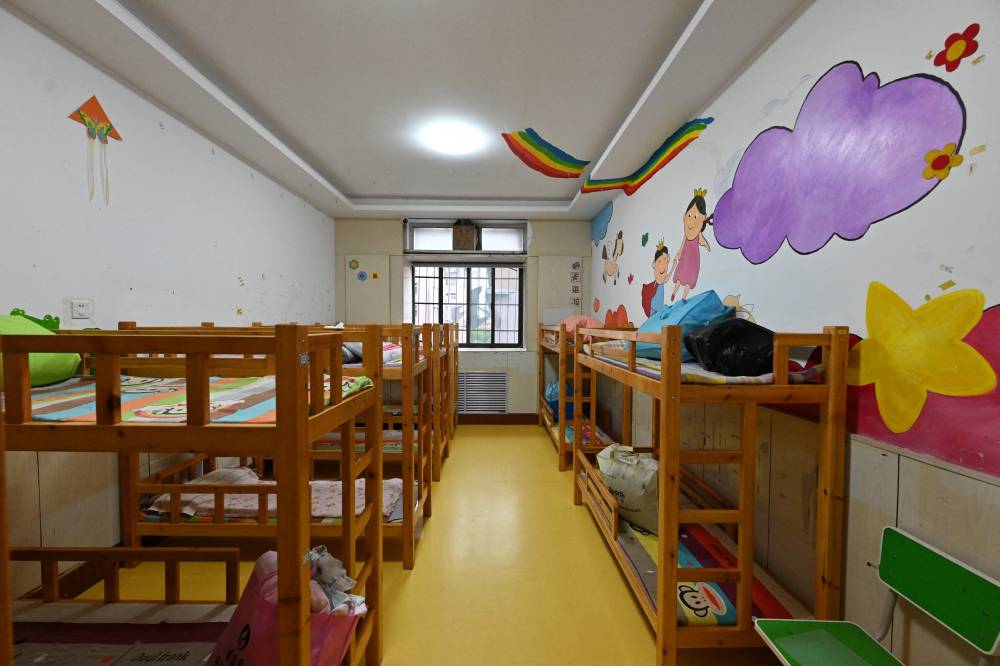
In another class, students sat in a semicircle beating African drums in time to soaring socialist songs.
He Ying, 63, said joining the center had helped her overcome a postretirement lack of confidence and meet new friends.
“I used to feel that my cultural life … was very impoverished, that there wasn’t much meaning in going on living,” she told AFP.
“(People here) are not just waiting to grow old.”
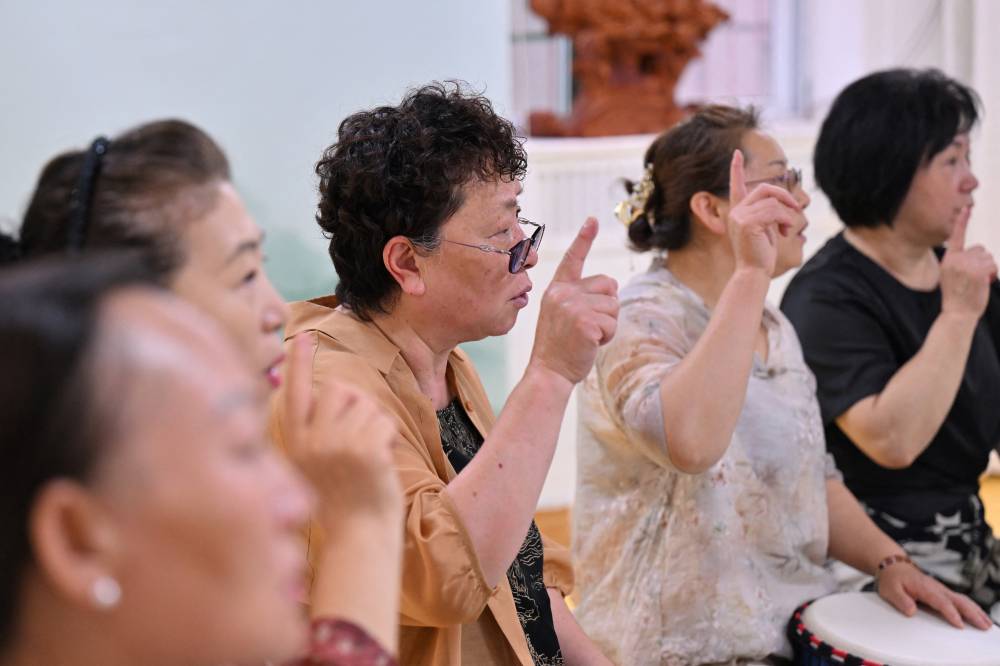
Nearly 15,000 kindergartens closed in China last year as enrolments plunged by 5.3 million compared to 2022, according to government data.
In dusty, industrial Shanxi—where the overall population is falling—there were 78,000 more deaths than births last year.
The center bears traces of its past, with bunk beds and dinky writing desks lining the colorfully decorated walls of former classrooms.
For Yan Xi, who used to teach at the kindergarten but now leads classes for retirees, the shift has taken some getting used to.
“Little kids just believe whatever you say, but the elderly … have their own ways,” she said.
“I have to think harder about how to communicate with them,” Yan told AFP.
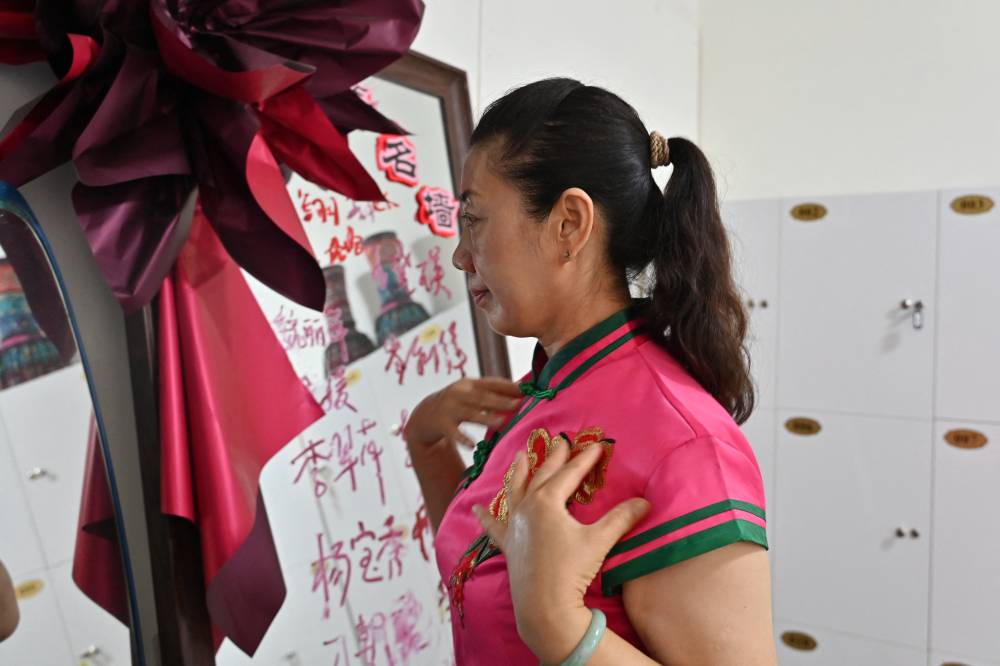
Several other facilities across China have found success by pivoting from preschool to senior education, according to local news reports.
Student Sun Linzhi, 56, said they met “a need for universities for the elderly.”
Since joining the center in Taiyuan, “I feel like I’m young again,” she told AFP.
‘Silver economy’
China saw a significant rise in the senior population last year, adding nearly 17 million people aged 60 and above, according to official statistics.
That age group already makes up more than 20 percent of the population, a proportion that is expected to rise to nearly a third by 2035, according to the Economist Intelligence Unit, a research group.

Beijing plans to introduce a “relatively sound” national elderly care system by 2025, but the country lacks nursing homes and faces wide regional disparities in coverage.
Top leaders are likely discussing the future of what they call the “silver economy” at a key economic meeting in the capital this week.
The government estimates that products and services catering to the elderly—from senior-friendly tourism to technology-driven medical care—could be worth 30 trillion yuan ($4.13 trillion) by 2035.
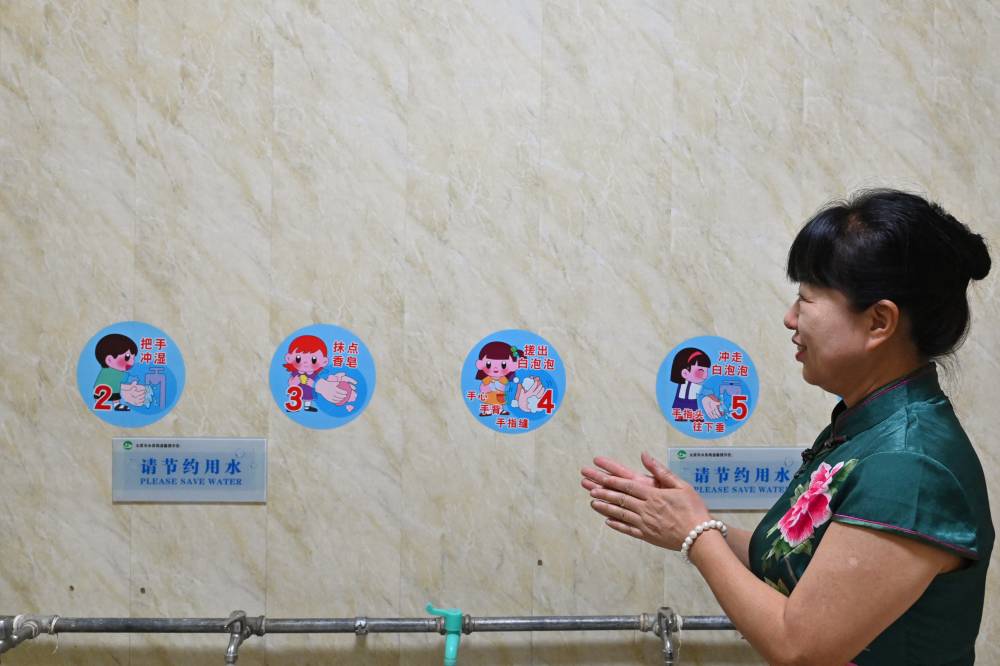
But it has struggled to revive the plummeting birth rate, a major driver of China’s mismatched demographics.
Li, the principal, said she felt nostalgic for the days when her school teemed with boisterous kids.
“I was very emotionally invested in it,” she said, gesturing towards the disused bunks and desks. “We kept those as a kind of memento.”
AFP is one of the world's three major news agencies, and the only European one. Its mission is to provide rapid, comprehensive, impartial and verified coverage of the news and issues that shape our daily lives.

















